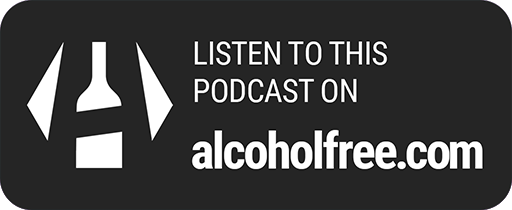Recovery After Stroke

Recovery After Stroke
Remote Patient Monitoring – Deborah Gulbrand
Remote Patient Monitoring – Deborah Gulbrand
Remote Patient Monitoring – Deborah Gulbrand
Monday 9th May 2022
Discover how Remote Patient Monitoring is revolutionizing stroke recovery and healthcare with expert insights from nurse Deborah Gulbrand.
81 minutes
Informative
Empowering
Hopeful
Supportive
Educational
About this podcast
Overview:
Categories:
Empowering Recovery Journeys
Recovery Reimagined
Creative Recovery Journeys
Financial Health in Recovery
Innovative Treatments & Recovery Paths
Links:
Visit site
Episodes:
369 (View all)

Do you want to link to this podcast?
Get the buttons here!Remote Patient Monitoring: A New Era in Stroke Recovery with Deborah Gulbrand
Remote Patient Monitoring became a necessity during the covid 19 pandemic as non-urgent patients were unable to attend their hospital appointment for their regular check-ups. Listen to how this technology is set to revolutionize outpatient care.
When the COVID-19 pandemic hit, it forced a rethink in how healthcare is delivered. One significant shift has been the rise of Remote Patient Monitoring (RPM). In this episode of 'Recovery After Stroke', host Bill Gasiamis chats with Deborah Gulbrand, a seasoned nurse in RPM, about how this technology is changing the game for stroke survivors and other patients.
Gulbrand breaks down how RPM works, explaining that it allows clinicians to keep an eye on patients' vital signs and health metrics from afar. This means regular check-ups can happen without patients needing to leave their homes, which is a huge win for those with mobility issues or living in remote areas. She highlights how RPM can reduce hospital readmissions, improve outcomes, and lower costs.
For stroke survivors, timely care is crucial, and RPM ensures they get the attention they need even if they can't visit their healthcare provider in person. Nurses play a vital role in this setup, monitoring patients and keeping communication lines open with doctors. Gulbrand also touches on the hurdles and future potential of RPM, suggesting it could be a game-changer for managing chronic conditions like diabetes.
Through her personal experiences, she shares how RPM can significantly enhance the quality of life for patients and their families. This episode offers a deep dive into the promising future of healthcare through RPM, making it a must-listen for stroke survivors, caregivers, and healthcare professionals.
